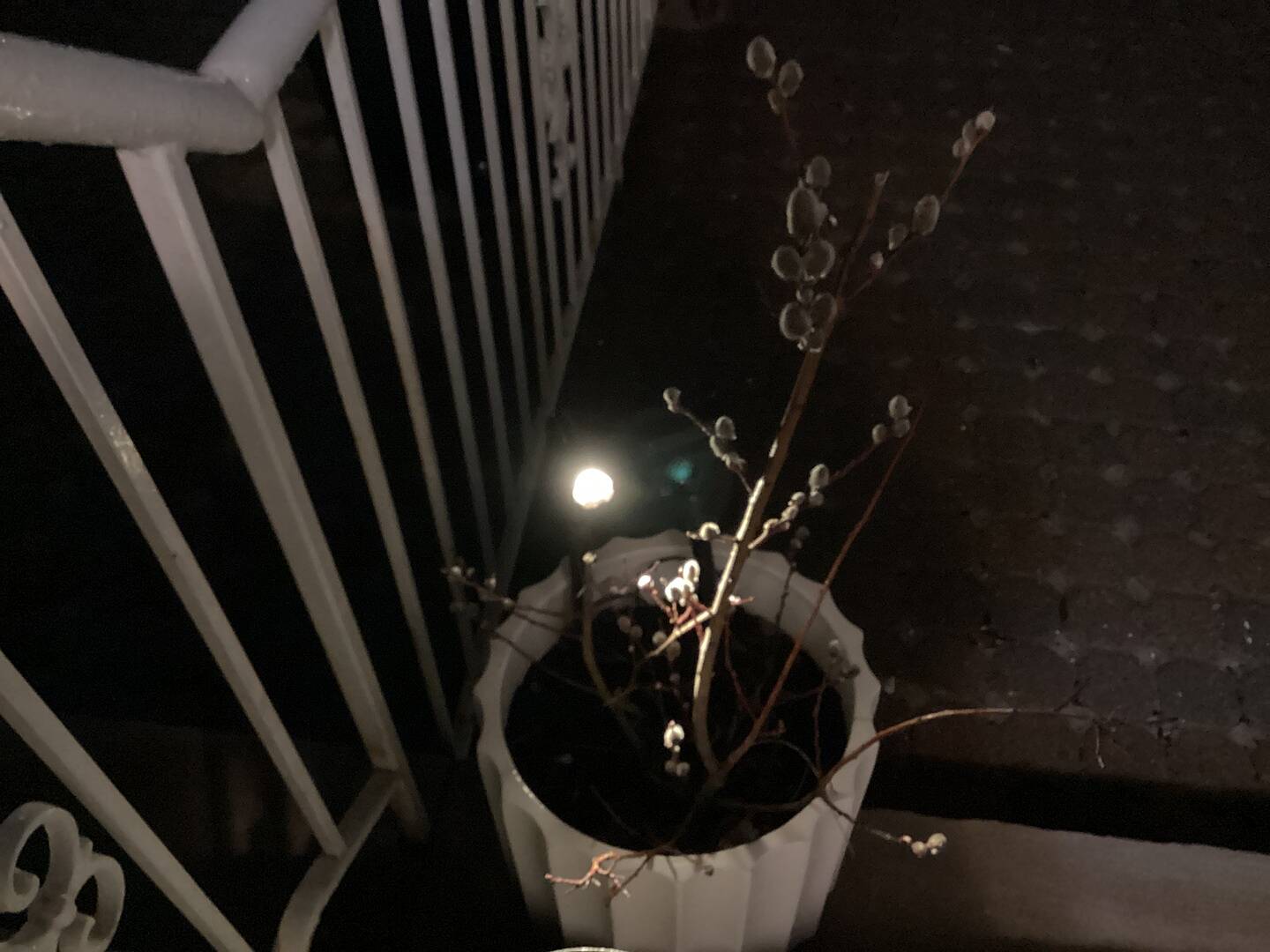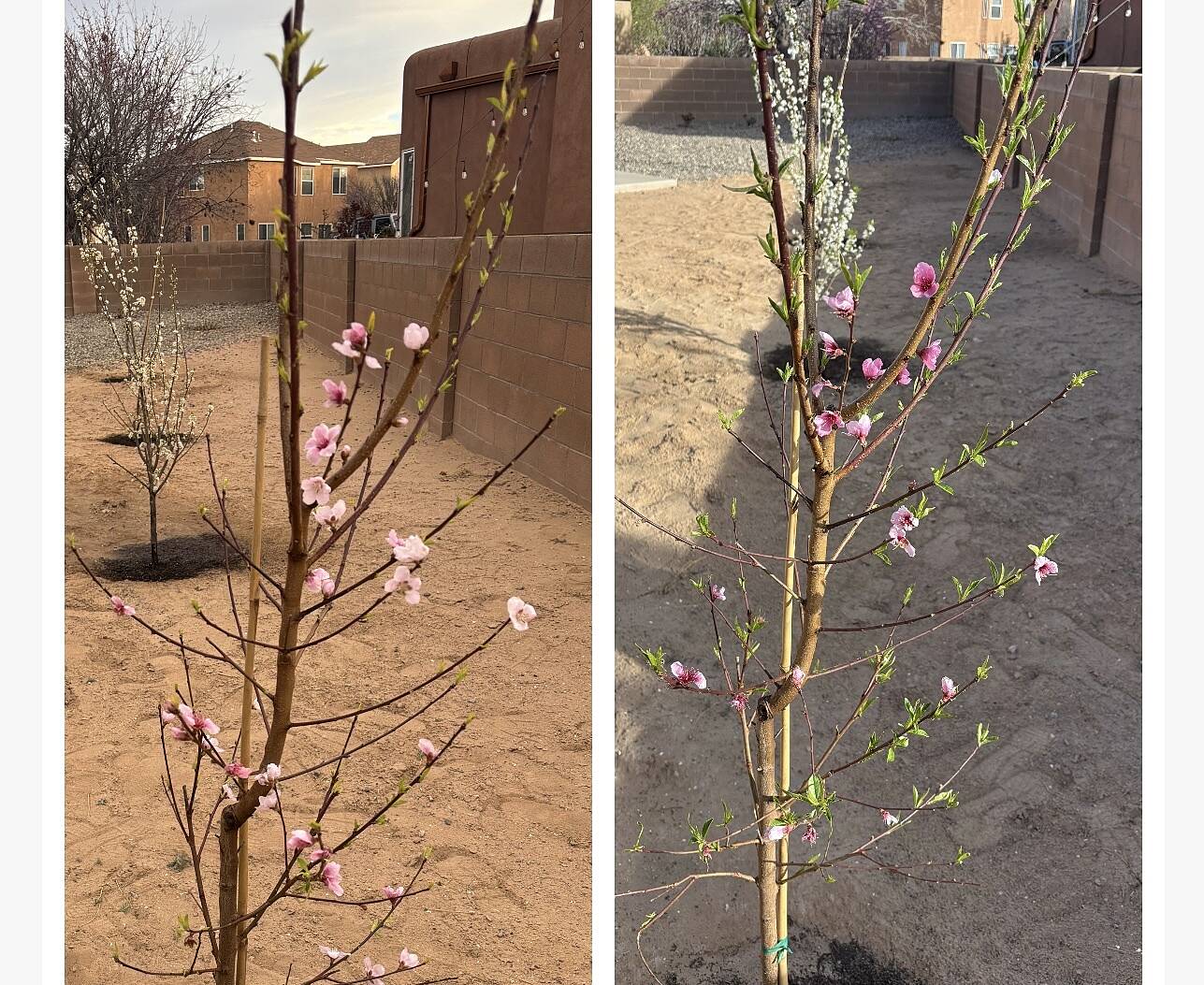Clementine Trees
Only items for my growing zone
Zone -
Clementine Trees are among the most popular winter-season fruit plants thanks to their sweet fruit and year-round visual interest. If you’re considering planting one or even a few of these stunning fruit trees, we’ve gathered everything you need to know to get started.
What Are Clementines?
Clementines are small, seedless, or mostly seedless, oranges that are easy to peel. More specifically, they are a hybrid between a Willowleaf Mandarin Orange and a Sweet Orange. They tend to be juicy with a honey-sweet taste and are prized as a winter citrus snack.
Among the various Clementine cultivators, Nules Clementine, also known as Clemenules, stands out. This cultivator, which can be grown both outside and indoors, produces small-to-medium fruit that is perfectly round and tastes similar to a Mandarin. Its unique characteristics make it a top choice for many gardeners.
Not only do Nules produce fantastic fruit, but they also have loads of visual interest. Their glossy, dark green leaves provide the perfect backdrop to the tree's white blossoms. What’s more, Nules are pest and disease resistant.

How to Grow and Care for Clementine Trees?
Where to plant: Clementines are well-suited for tropical areas and are hardy in USDA zones 8 through 11. However, in colder climates, it’s best to plant them in a container and bring them inside during the winter.
When to plant: Plant Clementine Trees in the spring or fall.
Sun: Plant Clementines in an area that receives 6 to 8 hours of sunlight daily. They can tolerate some shade but flourish in the sun.
Soil: Sandy soil is preferable, but Clementines will adapt to your natural soil. The soil should be well-draining and slightly acidic, with a pH of 5.5 to 6.5.
Water: Water every 2 to 3 days until the tree is established. Afterward, water once a week. Allow the top 2 to 3 inches of soil to dry out completely before watering again. For potted Clementines, water when the soil is dry to about 2 inches down.
Fertilizer: Apply citrus fertilizer that’s high in acidity in early spring and fall. Wait until the tree is established, generally 1 year, before fertilizing.
Pruning: Trim back as needed in the spring. Be careful not to over-prune, as it will cause excessive growth, which you’ll need to trim the following spring.
Harvest: Your tree’s fruit will ripen and be ready for harvest in mid-November. If there is green on the fruit’s skin or around the stem, the fruit isn’t ready. Properly stored, clementines will last 1 or 2 weeks.
Landscape uses: First and foremost, gardeners plant Clementine Trees for their fruit, which can be eaten right off the branch or turned into any number of delicious dishes, including jams, cakes, and sorbets, to name a few. However, the trees are more than fruit factories; they make excellent borders to increase privacy and reduce noise.

Benefits of Clementine Trees
Delectable fruit: The most apparent benefit to growing a Clementine plant is the fruit produced. You’ll have a bounty of sweet, citrusy treats all winter long. Fresh-squeezed orange juice is just the start of what you can do!
Visual interest and more: Clementine Trees are arresting to look at. During dull gray winters, these evergreens stay bright and colorful. They also produce white aromatic blooms with fresh, fruity, and slightly tart aromas.
Easy to grow: Clementine Trees will thrive in a wide range of tropical conditions as long as you give them plenty of sunlight. If you’re worried about excessive cleanup, there’s an easy solution. Plant your tree away from well-traveled areas like sidewalks, and leave the fallen fruit and flowers as is to add organic matter to your soil.
Common Questions about Clementine Trees
How long does it take a clementine tree to produce fruit?
You’re in luck! Unlike Lemon Trees, which can take up to 15 years to produce fruit, Clementine Trees are ready within 2 or 3 years of planting. Some plant vendors, such as FastGrowingTrees, sell more mature trees, which decreases the time it takes the plant to produce fruit.
How hardy are Clementine Trees?
Clementine Trees grow best in USDA zones 8 through 11. They are cold hardy down to about 20 degrees Fahrenheit. If you live in a region with weather that drops below 20 degrees, plant your Clementine in a container and bring it indoors during cold periods.
Where do Clementines grow best?
Clementines prefer warm climates and will flourish in partial to full sunlight. Their ideal growing location is outside in southern regions.
How long do Clementine Trees live?
Like most citrus plants, Clementines will live about 50 years with proper care.
How big are Clementine Trees?
They can reach 25 feet tall if planted outside and not pruned. They grow between 6 to 10 feet tall when planted in a container.
Ready to bring flavorful winter fruit to your table? We have a self-fertile Clementine Tree for sale that’s perfect for every yard.













































































































































































































































